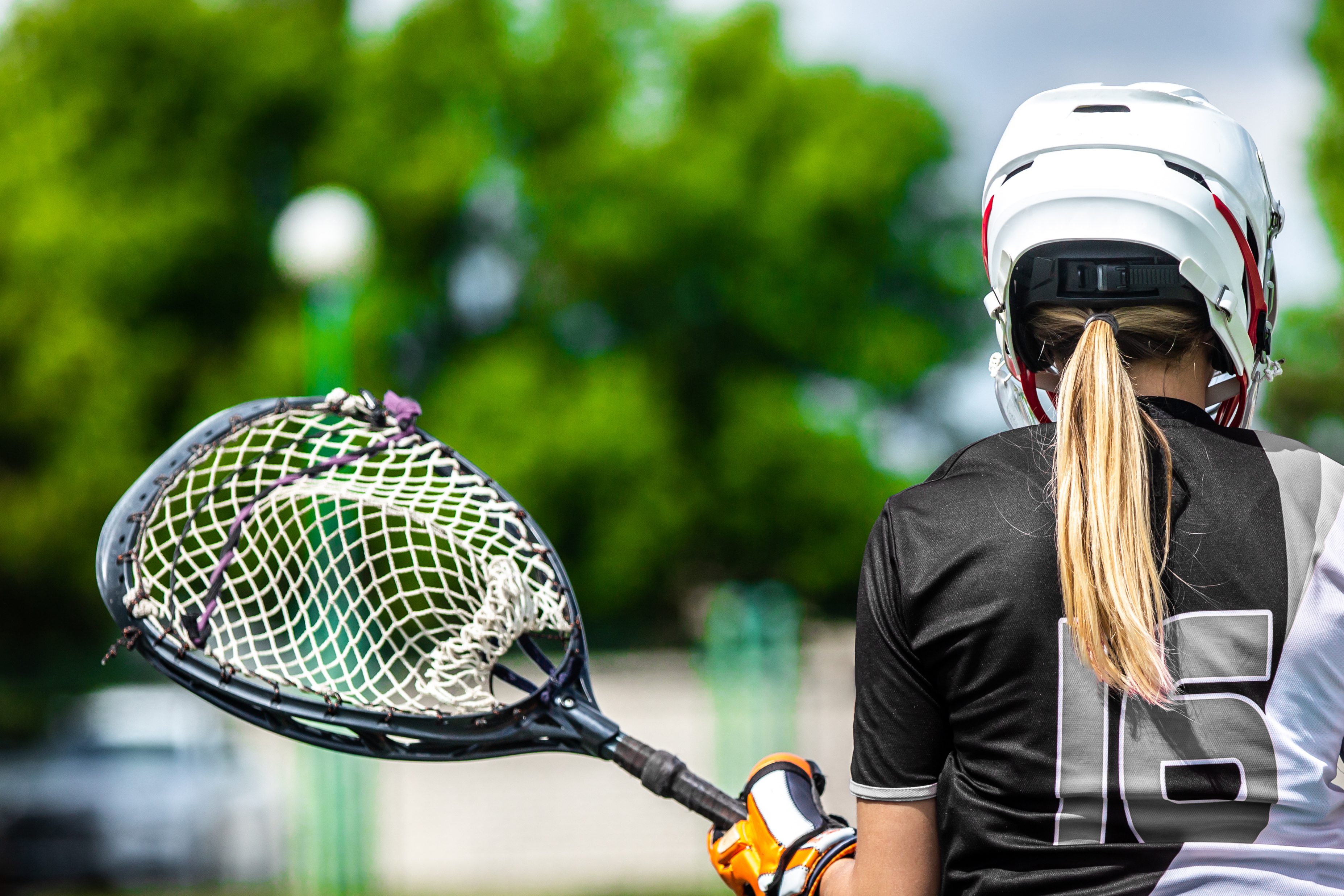Athlete Development
From nutrition and hydration to podium performances, these resources support athlete development in all variations of sport and physical activity. Explore key areas pertaining to health and wellbeing, high performance sport, and more in the resources below.
athlete Development quick links
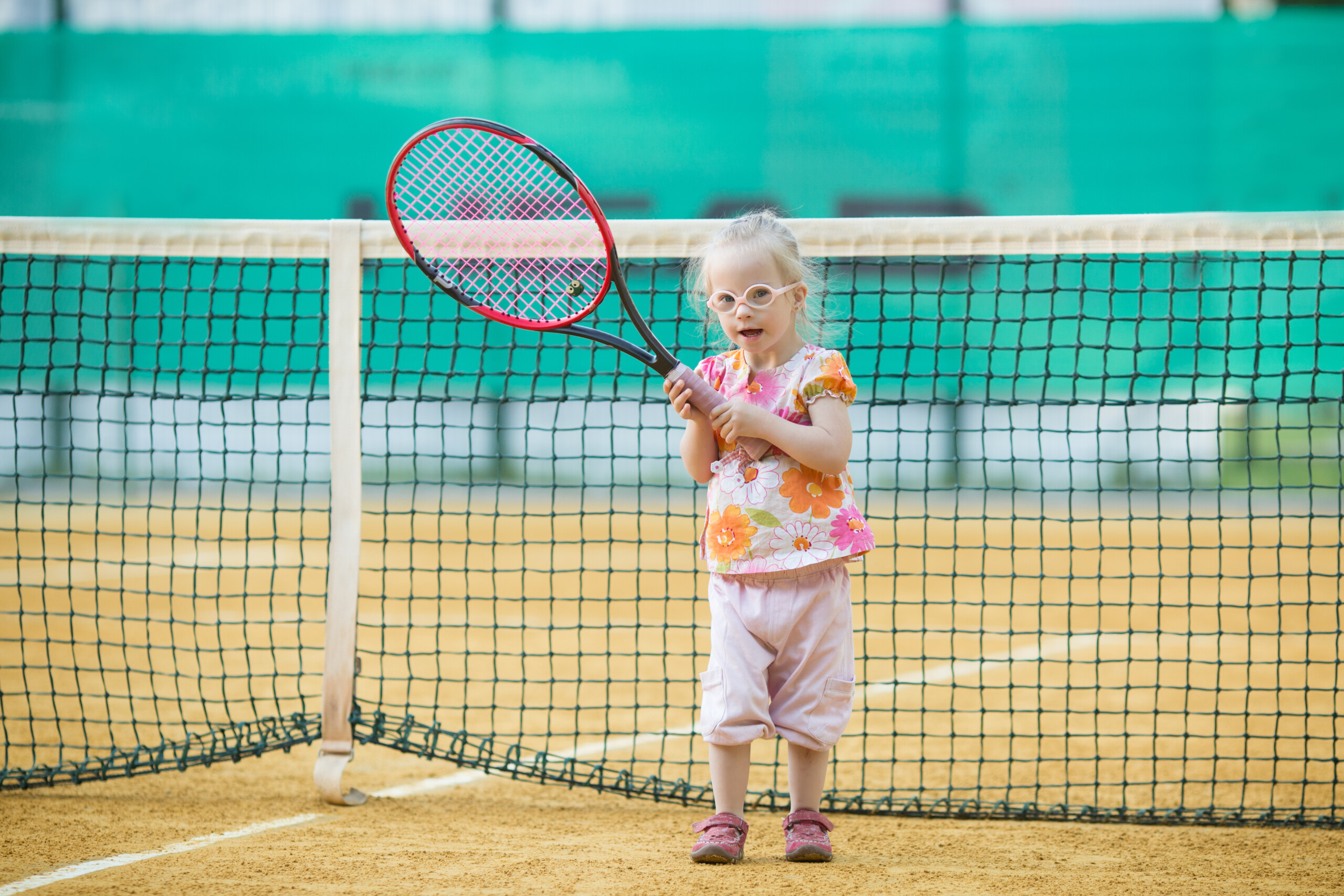
Community Sport
Community sport plays a vital role in bringing people together, promoting physical health, and fostering social connections. Whether you’re an athlete, participant, coach, or organizer, discover how community sport can enhance well-being, strengthen social bonds, and create a more vibrant and connected community. Explore resources that support local programs, encourage lifelong participation across all abilities, and highlight the benefits of inclusive, community-driven sport.
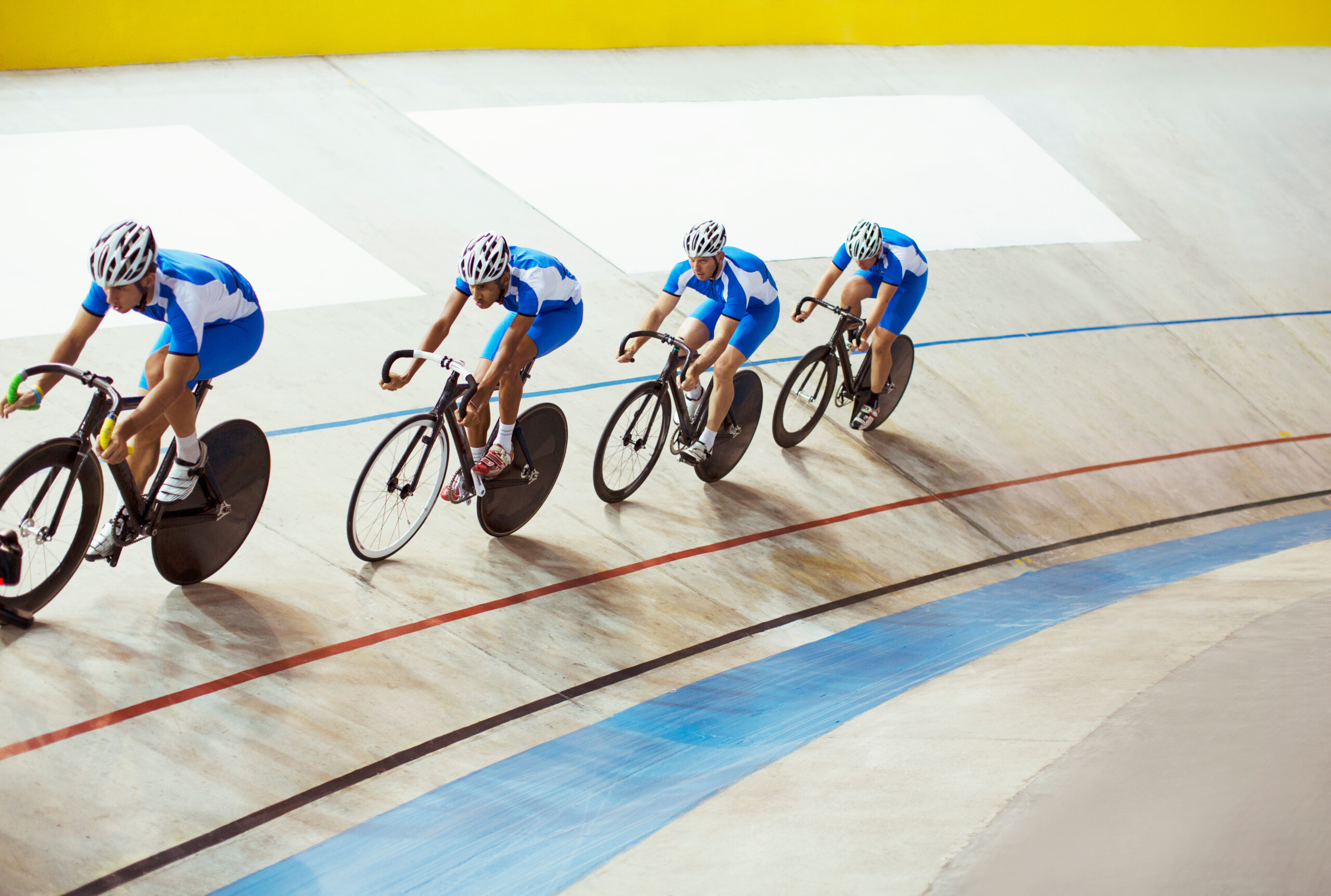
Competitive & High-Performance Sport
Competitive and high performance sport in Canada refers to sport participation for the purpose of entering into competition against others, including performances on the Olympic and Paralympic stage. Learn more about the training factors that contribute to podium performances and how to help athletes achieve success and excel in sport. Explore resources that provide insights on the physical training, mental conditioning, and the high performance arenas where athletes find competitive success.
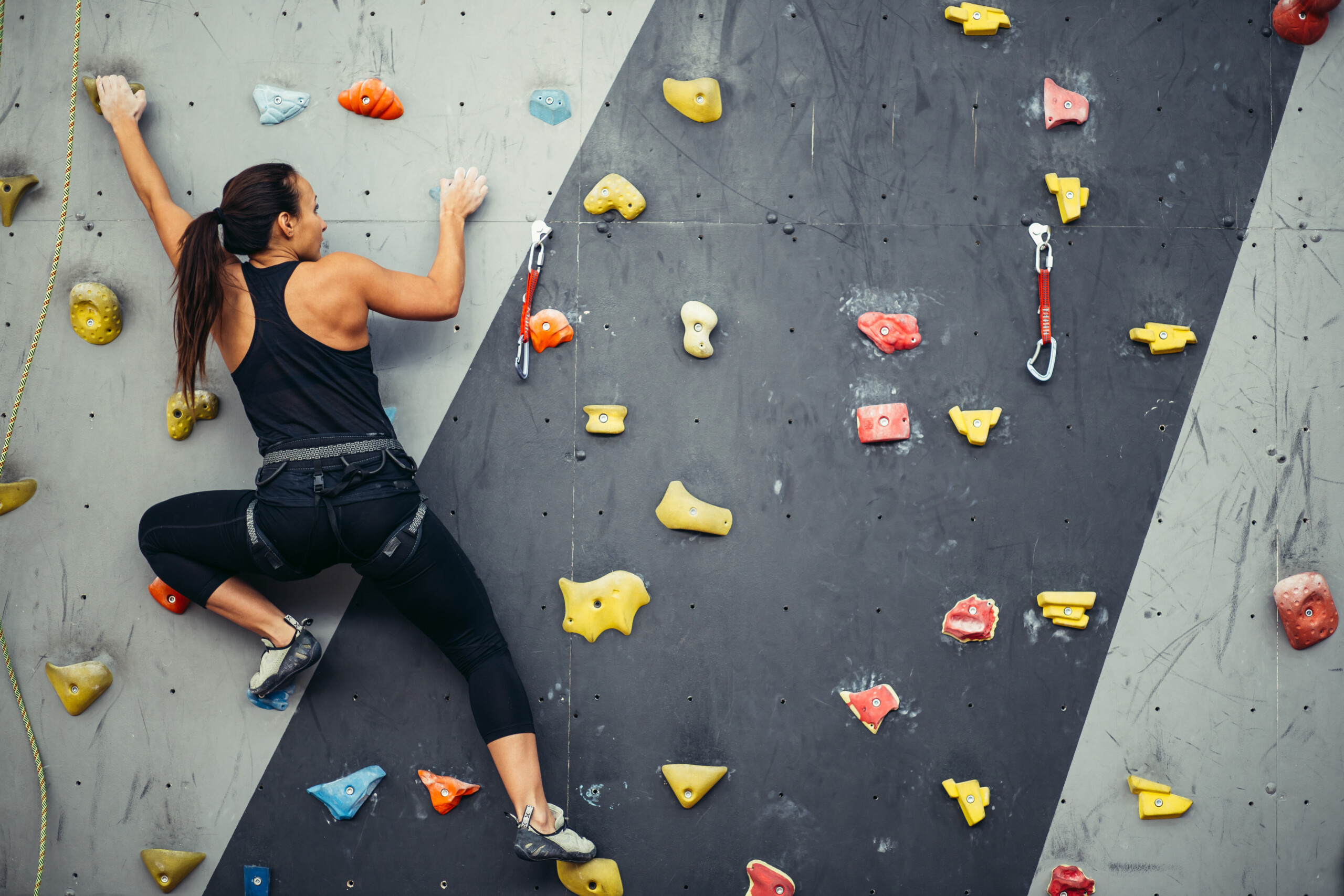
Health and Wellbeing
Health and wellbeing is an important way to encourage participation in sport. Whether you’re a sport or community leader, nurturing overall wellbeing leads to a balanced lifestyle, increased sport participation, and healthy communities. Explore our resources that help navigate key areas like physical health, mental resilience, and social wellbeing.
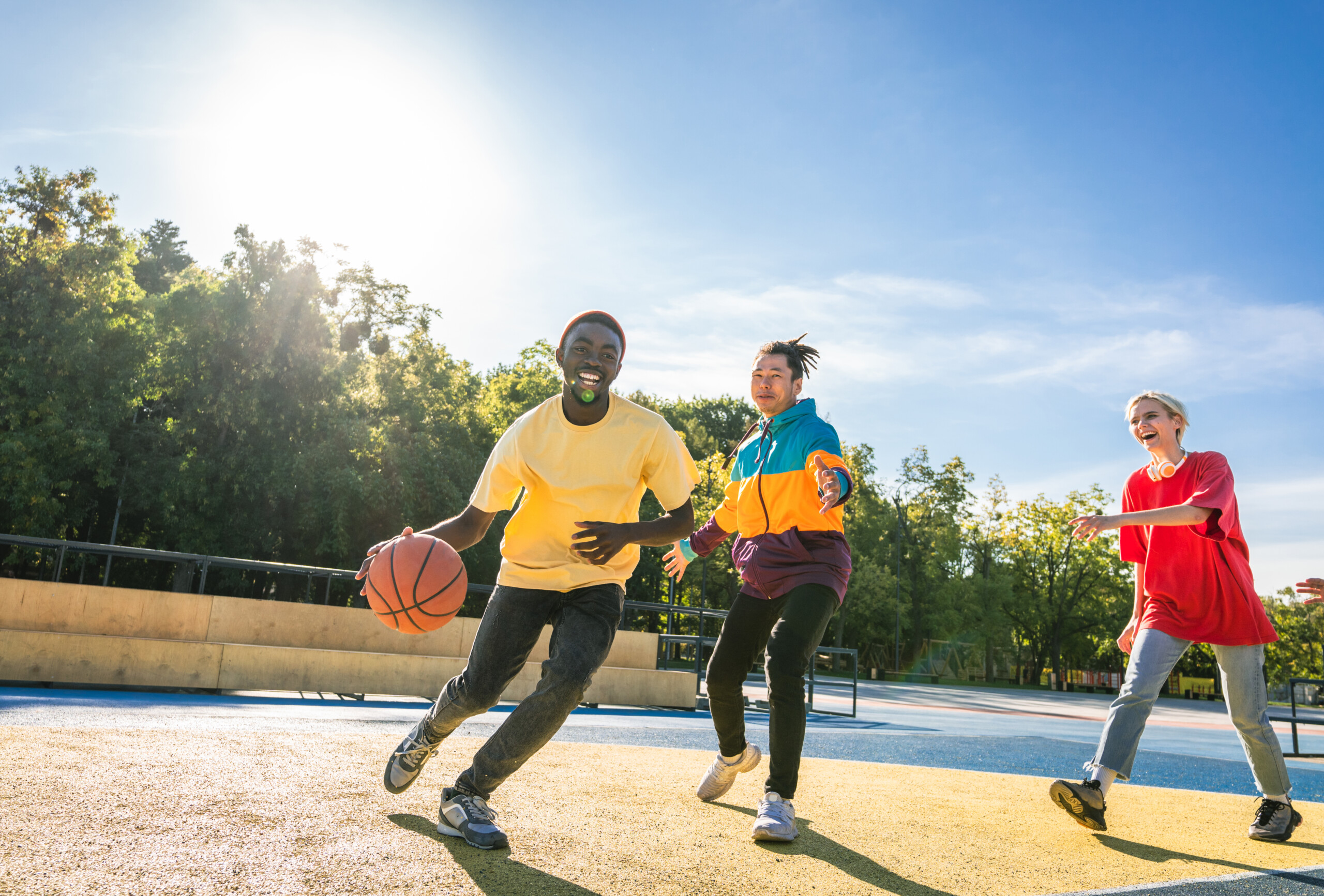
Physical Activity & Recreation
Physical activity and recreation contributes to good overall health and can be an enjoyable way to participate in sport. Learn more about the benefits of physical activity and recreation and how physical activity contributes to creating active communities. Explore our resources to harness the power of physical activity and recreation.
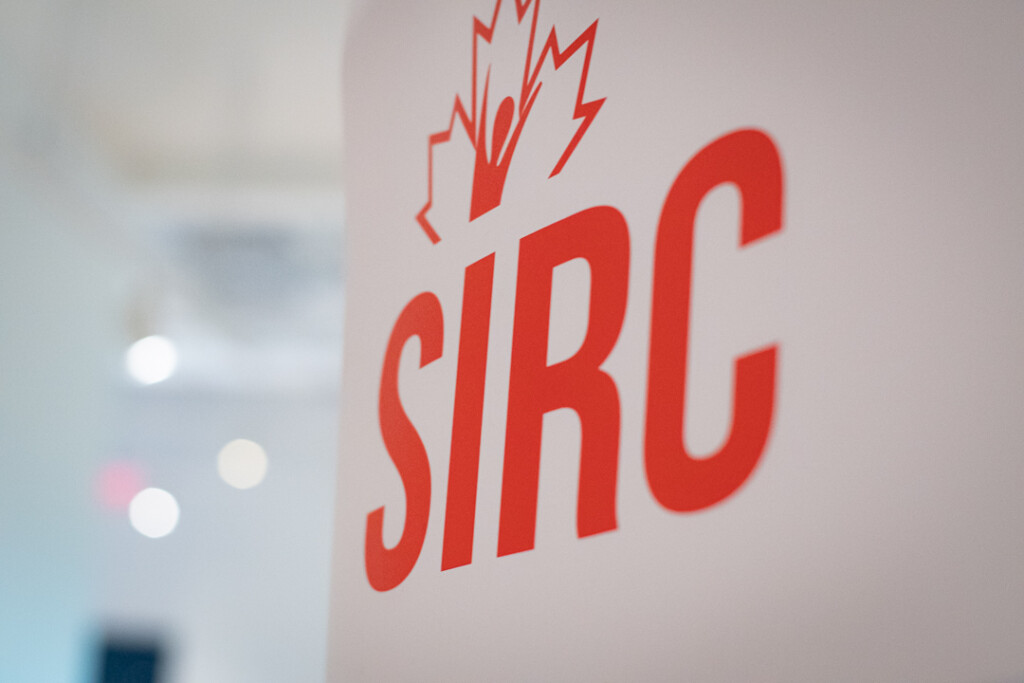
Featured resource
SIRC and Tennis Canada
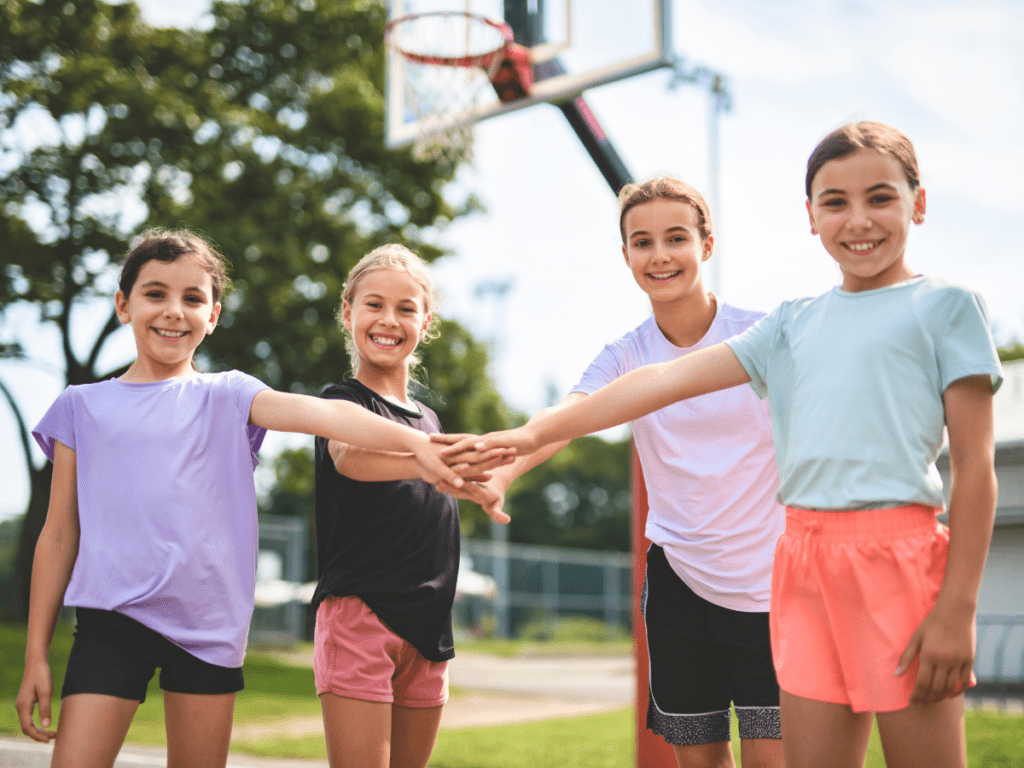
Featured resource
Jeff Crane

Featured resource
Patti Millar, University of Windsor
